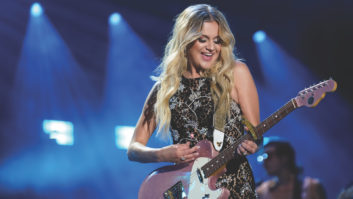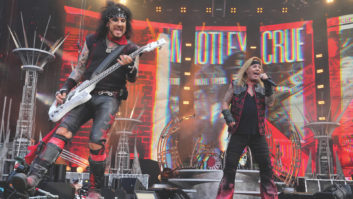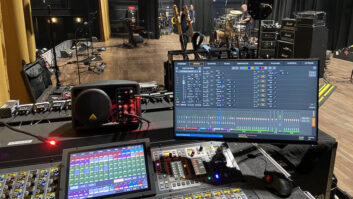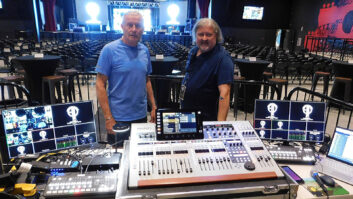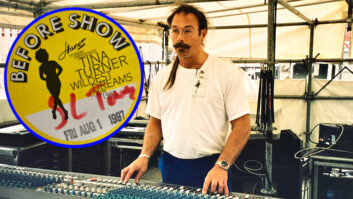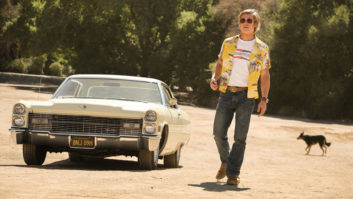Today’s emphasis in Hollywood is on schedule and cost control. With so many new directors, producers and executives, it is important that everyone has the information necessary to make optimum production decisions—including decisions about production sound!
Intelligent decisions above the line are made with accurate time and money data for the bottom line in this commercial/art business. By taking a few extra minutes a day to understand and deal with sound issues, money can be saved in post, and a good dialog track can become a superior dialog track. Although some say a schism exists between the production mixer and various post personnel, I find (in over 30 years of production sound mixing) that the entire post crew is extremely grateful for high-quality production dialog and sound effects.
First, consider some of the inherent values of a quality production track as you enter post-production: The director can more easily evaluate performance to pick and edit takes. Temp dubs and rough cuts for screening are everywhere now. Executives evaluate only what they hear and see. Approvals for more time, or money, come faster with good dialog. Previews (many scheduled before any ADR) examine demographics, poll audience reactions and suggest “changes”—more effective with good dialog.
All TV shows face accelerated schedules. High-quality production dialog cuts faster; changes, ADR and added dialog match easier. Although “principals” usually have ADR time in their contract (if not, then it’s often five figures/day), “day players” cost about $400 to $600 a day. Other ADR charges include: ADR supervisor, studio time, media costs, editors (conform production, spot and adjust ADR tracks) and re-recording/dubbing time.
But before even examining the dialog track, directors need to assess worth based on the job. Here is what we, the production mixer, boom operator and utility sound tech, manage on a set:
Playback (PB): For music sequences (live vocals and music can be mastered, too), we use arena-size speaker systems and edit PB tracks “on-the-fly.” On-camera talent can hear silent cues transmitted to inductive, or radio frequency, ear canal “bugs.” PB and Cues run the set.
FCC-licensed radio networks: 50 to 200 walkie-talkies, two to four networks and 16-plus frequencies. High-power vehicular mobiles. Repeaters are installed on mountain tops for county-wide coverage. Frequency coordination with aircraft and many government agencies. All for safety and operations efficiency.
Mockup Communications need multiple mixes: On-camera talent. Director/off-camera actors (with cue mics). Special effects (explosions work on dialog or director’s cue, etc.). Audio feed to video assist. Production recording (combo mix for dailies and “Iso” dialog for post) is often done amidst deafening special effects. Although “Que” or “Guide Tracks” can result, they are vital for later ADR; cameras cannot roll without this sound crew service.
Private Line (PL) headset communications: Between crane or dolly grips and the camera operator. Between director of photography and multiple camera operators.
Public Address: Allows assistant directors to control and motivate extras/atmosphere and onlookers. All for reactions and safety.
Retransmission: Production dialog mix sent via “Comteks” (they often contain telemetry from the actors’ wireless mics) to the director, script and producers (also camera operators and ADs).
It’s a lot to handle for a three-person (all too often two-person) crew. So the next time you watch a movie or TV show, search the end credits for the Production Sound Crew, as well as your post favorites. Why not get a crew that earns its own way and adds a big bonus from more exhibition revenues?
Bruce Bisenz has been a feature and TV production mixer in Los Angeles since 1967. He is a member of the C.A.S., AMPAS and IATSE Locals 695 and 700.
